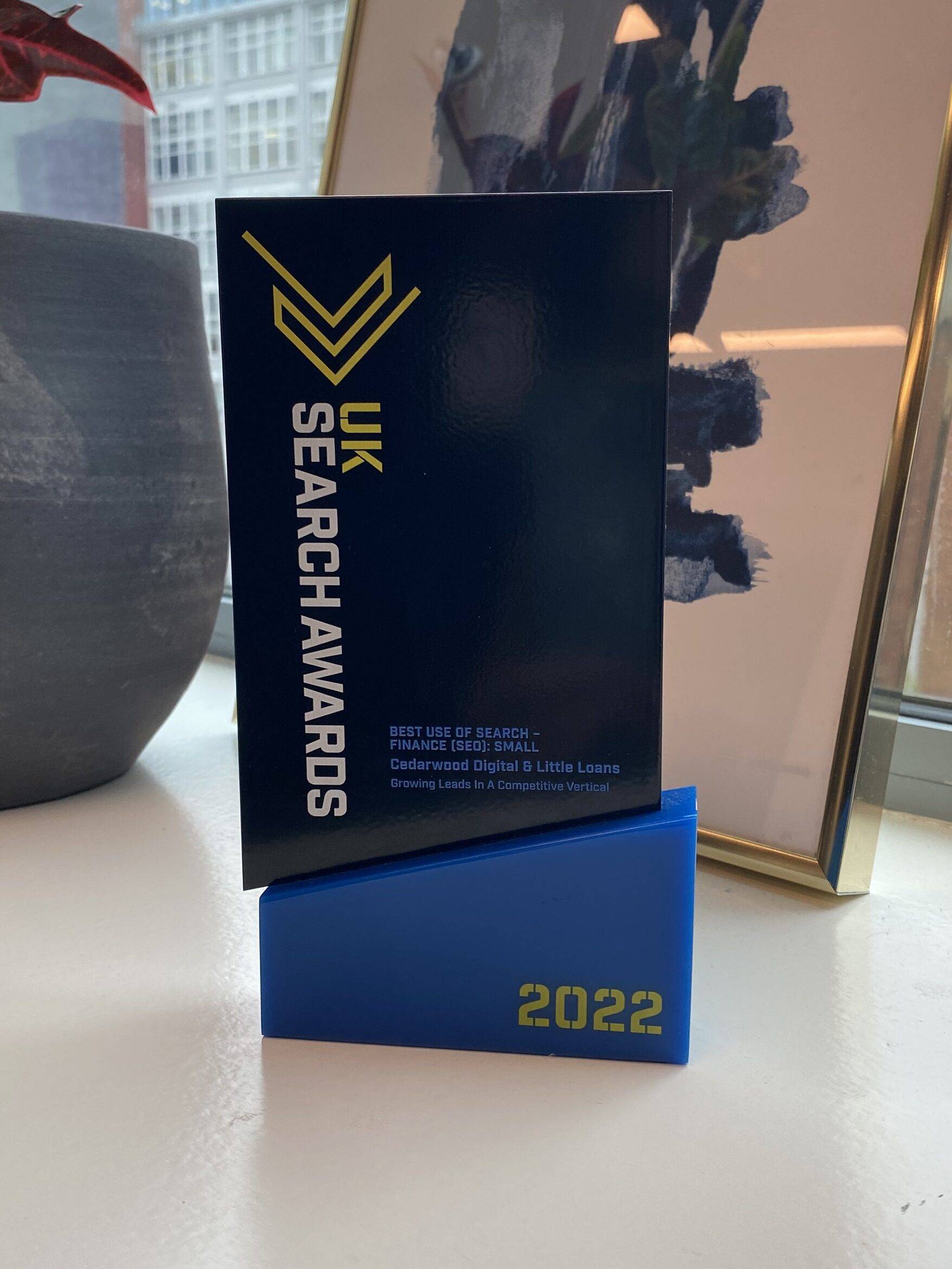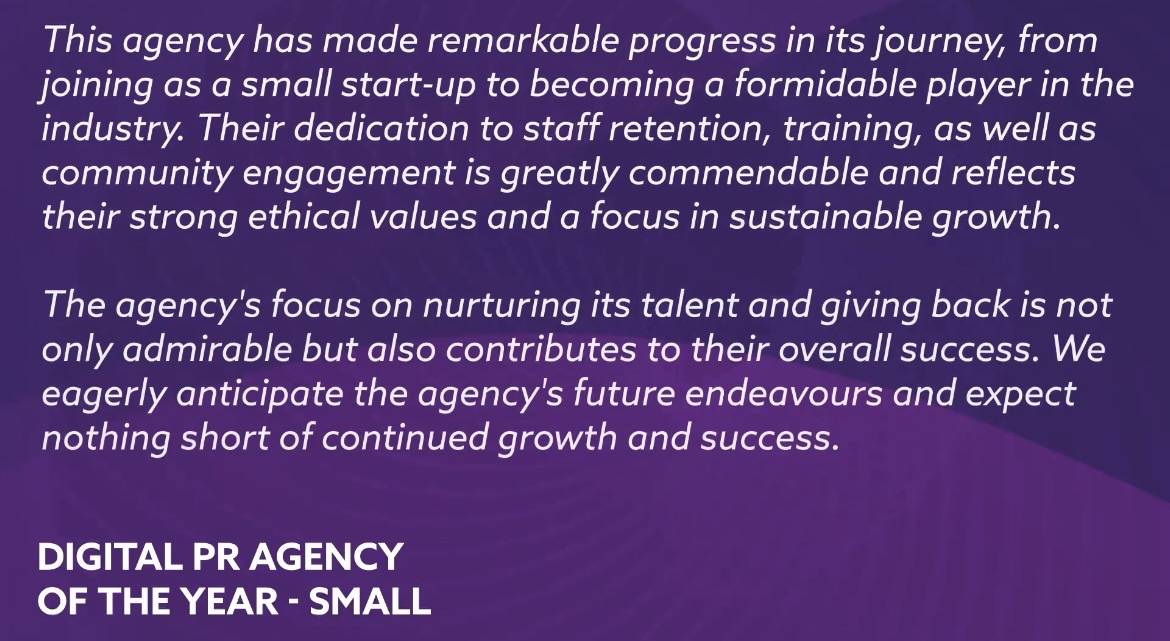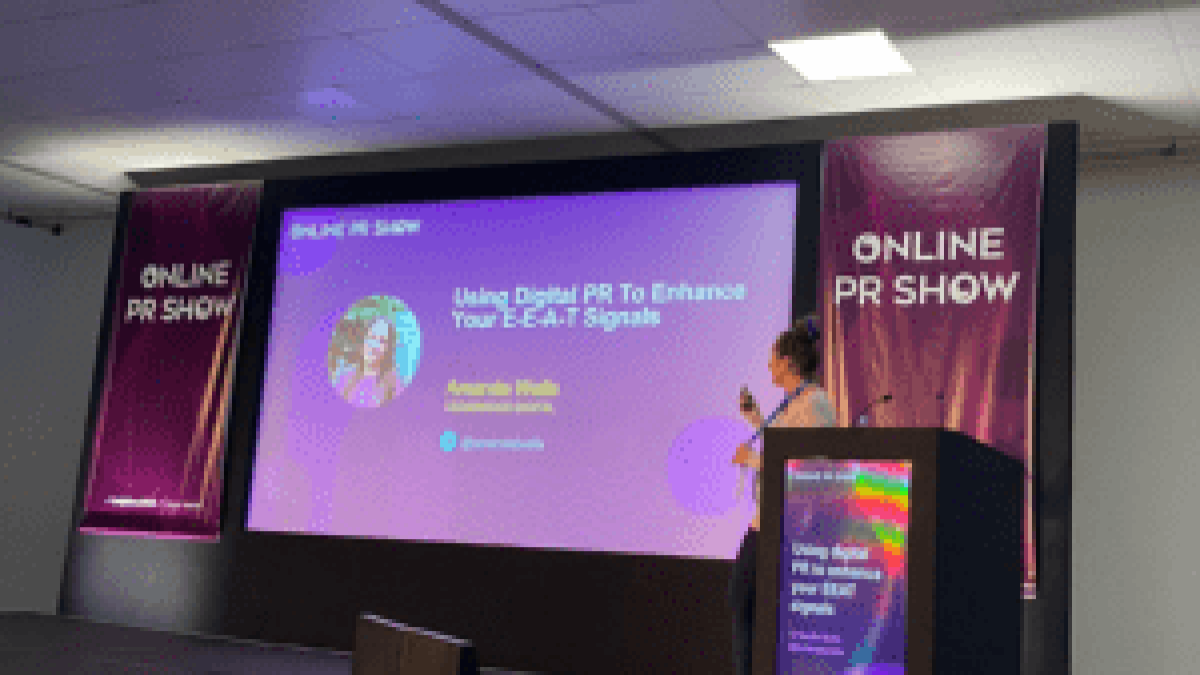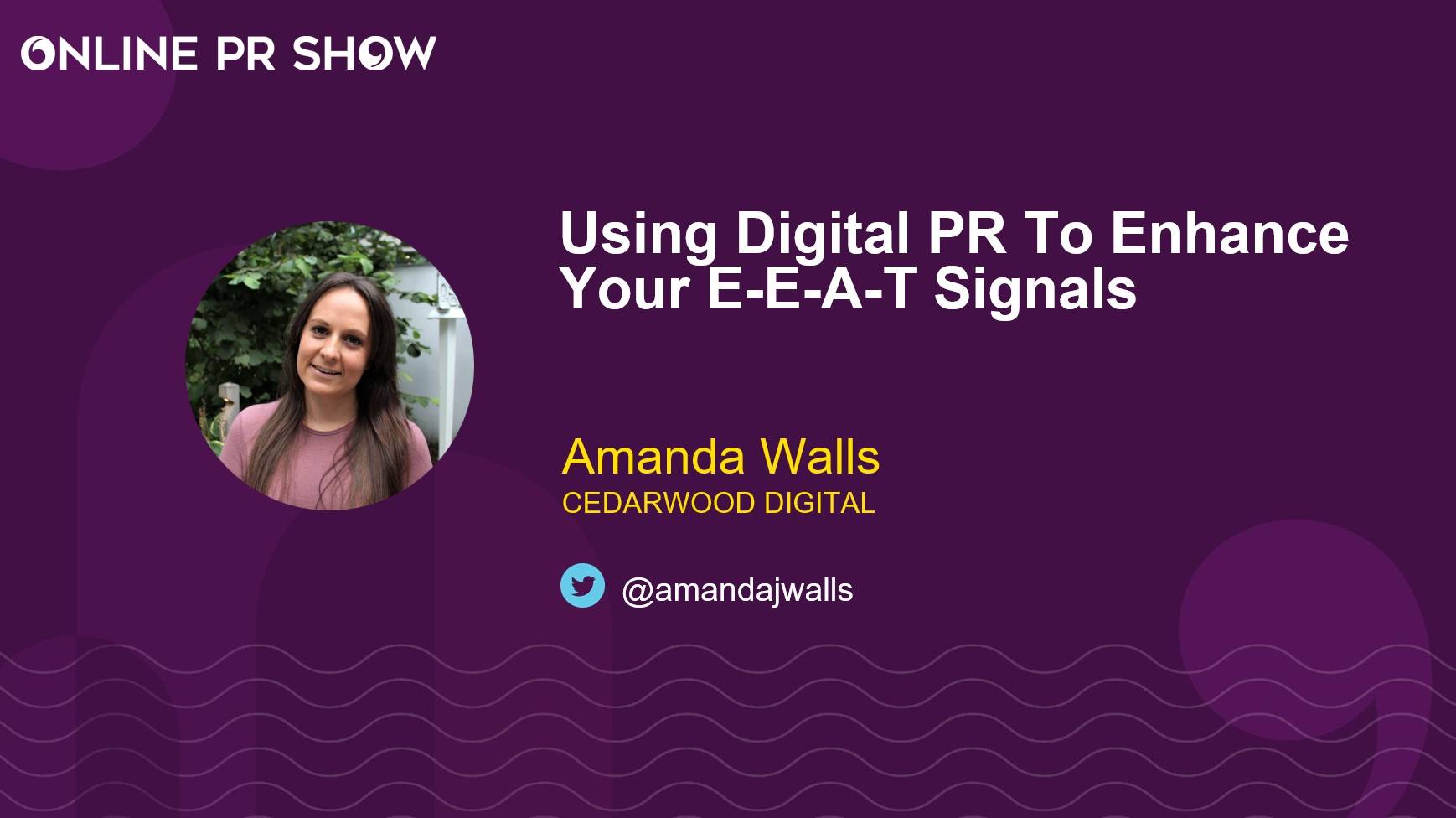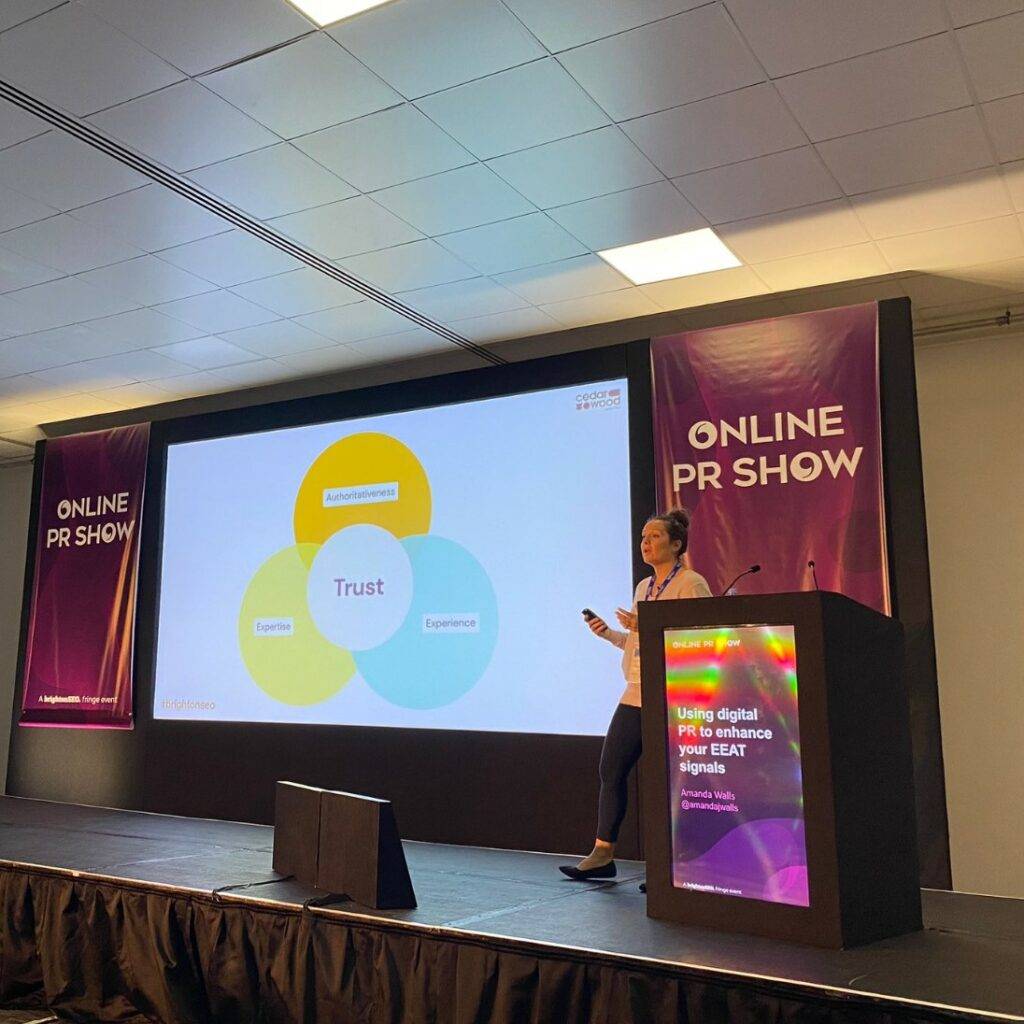With business after business churning out impressive PR stories, how can you make yours stand out?
The answer is data. Incorporating data-driven campaigns into your strategy can be the key to attracting readers and journalists, and gaining substantial coverage.
This guide is going to look at what data-driven PR is, how it can elevate your marketing game, and give you some advice on how to create, present and pitch your campaigns.
What is data-driven Digital PR?
Data-driven Digital PR is the process of using data as a basis for your PR stories. These stories are then pushed out to relevant publications and journalists in order to achieve coverage. It brings reliability to a piece of PR and can be visually presented in a way to attract attention.
Let’s discuss the benefits
- Journalists love data
Using unique data in your press releases really makes your stories stand out to journalists. It makes the piece valuable and more likely to be respected. Without the use of numbers, there’s a risk of your narrative coming across vague and indirect – data provides precision. It also helps you to position yourself as a source of innovative, fresh information that the journalists can only get from you. But more on expertise and authority later….
- Data is great for SEO
People love stats so search engines love stats. They signal to Google that you are an authoritative source, improving your domain authority, and as a result, your ranking. This should make more sense if we are to talk about E-E-A-T.
Part of Google’s Search Quality Rater Guidelines, E-E-A-T means that you need to demonstrate Experience, Expertise, Authoritativeness, and Trustworthiness to be deemed a useful site. And what plays into this? You guessed it… good data. Include relevant and reliable data in your content, in accordance with meeting the other guidelines, and Google will be evaluating your domain favourably in no time.
- Backlinks
A main benefit of using data in your Digital PR is its potential to earn you backlinks. Stories involving statistics, particularly unique statistics, tend to earn a greater number of links. People researching a topic related to your data will come across your information and credit you as a source.
You’ll then secure backlinks from authoritative domains like online newspapers. These links will help drive traffic to your website, especially if you make sure to upload a more in-depth piece on your dataset to the landing page of your website. Also, each backlink will act as a trust signal to Google that your domain is a worthwhile and quality source of information.
- Make readers act
Data usage can get you your desired outcome from the reader. It helps fuel your audience’s desire to act – whether that be clicking a link, making a purchase or sharing the piece. It acts as a bit of a guiding star: fine-tuning your message and making it relatable and tangible to the reader.
Data also builds credibility with your audience. This will support your brand image and give customers more confidence to buy into the services you’re offering. Today, misinformation is rife in the online world and audiences are more sceptical than ever. Figures and evidence bring much needed reliability to your digital PR.
- Potential for several angles
Data-led PR tends to have a higher success rate as it can result in multiple, alternate angles. A good example of our Digital PR team using this approach was a campaign for a client in which we ran a survey looking into what Brits get up to while working from home. Through keeping a close eye on online discussion surrounding the data, we noticed a lot of conversation on Twitter surrounding statistics about people having sex whilst working from home! To capitalise on this, the team sent out a new angle focusing on this data specifically, which led to more and more backlinks from authoritative outlets.
Always remember to rework and remix your data campaigns. One set of data could have endless potential lines of narrative. Keep track on which aspects of the story are being frequently picked up and linked to, and hone in on them specifically.
Our tips for data-driven Digital PR
The value of Digital PR has never been more important, but how exactly do you pull off a brilliant data-led campaign? Stay tuned, we’re going to take you through all our top tips for everything from developing initial ideas, through to constructing a visualised piece that journalists will love.
Gathering data
Perhaps you’re an ideas person who decides on the topic of a story, then generates data to support it. Or, maybe your style is forming ideas through analysis of data. Both methods can bring about equally successful campaigns, the key lies in the numbers being used. Let’s begin by looking at where to find this crucial data.
There are a few effective kinds of data you can make use of:
📍Internal customer data
If you own a website then I have good news for you, you’ll have a wealth of data there at your fingertips (visitor data, purchase data, interactions, location, products bought etc.). Anonymised data about your customers can sometimes reveal interesting insights, perfect for shaping a Digital PR story. Analyse your customer demographics and internal data and you might find some surprising findings and changes over time.
The good thing about leveraging your own data is that it will be one of a kind information that your competitors don’t have access to. Your story should be entirely unique because you have conducted this research yourself. So, when searching for the numerical backing for your next PR story, bear in mind that it might well be right under your nose.
If not quite what you’re after, another idea is to run a customer survey with your own customers – this can help you get more specific insights. But, as this sample size will likely be on the smaller side, we’d recommend finding other third-party data to support your research and increase credibility.
📍Public data
Third-party data can be retrieved from a whole range of online sources, and the great thing is that many of them are free! You can check out our in-depth guide here to the best free data sources. Whether getting your numbers from YouGov surveys, SEMrush Keyword Research, or even the NHS website, there’s heaps of useful data in the public domain which can be utilised for a good story. Just remember to credit your source and ensure you’re doing something new and different with the data.
Another great source of information is of course social media. Things like the TikTok Creative Centre hold data on hashtags and trends which can be used to get figures for a campaign on ‘the most popular..’ or ‘most hashtaggable…’.
However, you really can get the data for an effective story anywhere. At Cedarwood, we like to think outside the box, like in this campaign on roast dinners that we put together for a client. The Digital PR team pulled off a hugely successful campaign, simply from analysing ingredient prices on supermarket websites!
📍Generating new data
Another technique we’ve used for many of our most successful PR campaigns is to produce our own new data through commissioning surveys. It’s a good idea to use a third party agency, like One Poll or Toluna which can provide a good sample size. Take a look at this survey we generated for a client, discovering how much pet owners know about the impact of smoking on their pets.
It is worth noting that running your own survey does not mean it will definitely come up with the results you’d like! Also, this technique often requires payment and a good portion of time. However, as you can see, these sacrifices can pay off in an impressive campaign.
Displaying your data
Once you’ve secured your facts and figures, the next important step is working out how to display it to the readers. Data visualisation is a big thing these days. Plain bar charts are being replaced with research formatted in more beautiful displays than ever before.
Don’t neglect a good bit of brainstorming when it comes to visualising your data. Data is useless when not portrayed in an effective way, formatting really can be the make or break of your campaign. Graphs, charts, maps, animations and infographics can all be equally effective ways to display your data. We’d recommend following a few data visualisation blogs which can be great for inspiration. For example, Information is Beautiful presents bespoke projects where big portions of information are conveyed accessible and creatively.
Consider the website it is going to be displayed on and the audience you’re targeting. Another tip is to have a look at the data stories published recently by your media targets. Learn from how they presented their statistics to get some ideas for your own visualisation.
Pitching the story
So, you’ve gathered your data, and presented it stylishly. Now it’s time for the crucial pitch. Here are our do’s and don’ts to get your story sought after by every journalist:
>Keep your headline short and punchy, no more than 10 words ideally
>Determine why a journalist should want this story, and how it’s new or different and get that across from the beginning
>Don’t overdo it with the statistics. Pick a few key points from your data that are most relevant for your audience. Too many stats and there’s danger of your pitch becoming confusing.
>Remember to include a link to your website, where people can find the full set of data
Final takeaways
We’ll end by reminding you that a data-led campaign may not always land immediately but that doesn’t necessarily mean your research is futile. Have a re-think and try a different angle – you may just get the results you’re hoping for.
To sum up, journalists and readers love data and in Digital PR we need to use this to our advantage. It brings context and credibility to a narrative. When illustrated in an effective way it’s the key to a world of increased backlinks, coverage and conversions.
Why not get in touch with one of our experts at Cedarwood today to discuss how we could help you utilise data for your SEO strategy. Fill in our 2-minute form here, it couldn’t be easier!











